Ball pythons (Python regius) are popular pet snakes known for their docile nature and manageable size. Despite their relatively easy-going temperament, these reptiles can experience stress that may lead to health issues if not addressed promptly. As a responsible ball python owner, recognizing signs of stress in your serpent companion is crucial for maintaining its wellbeing. This comprehensive guide will help you identify stress indicators in your ball python and take appropriate action to ensure your pet remains healthy and content.
Understanding Normal Ball Python Behavior

Ball pythons are generally calm, slow-moving snakes that spend much of their time hiding or resting. In a relaxed state, a healthy ball python will display smooth, deliberate movements and maintain a relaxed body posture. They typically explore their enclosure during active periods, particularly at dusk and during the night, as they are naturally crepuscular and nocturnal creatures. A content ball python will also exhibit regular feeding patterns, accepting food readily when offered on an appropriate schedule. Understanding these baseline behaviors is essential because any significant deviation might indicate that your snake is experiencing stress.
Refusing Meals and Feeding Issues
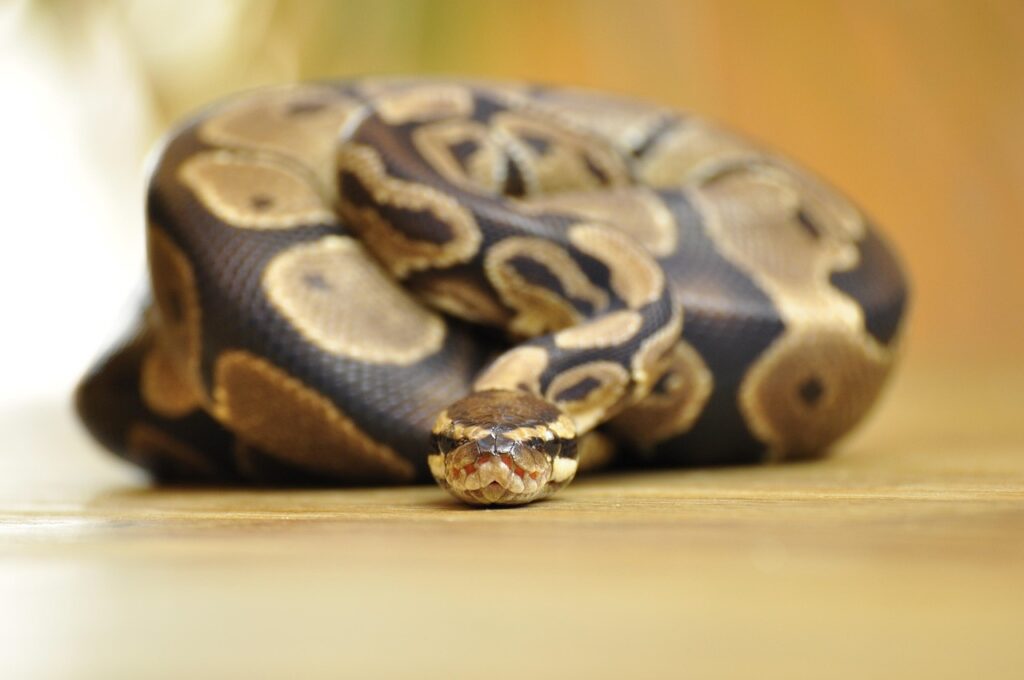
One of the most common indicators of stress in ball pythons is a sudden refusal to eat. While these snakes may naturally fast during breeding season or when they’re about to shed, consistent meal refusal outside these periods often signals stress. A stressed ball python might strike at food but then release it, or show no interest in prey items at all. Some pythons might even retreat to their hide when food is offered, which is particularly concerning if they previously had healthy appetites. Keep in mind that younger ball pythons typically eat more frequently than adults, so consider your snake’s age when evaluating feeding behaviors.
Defensive Posturing and Body Language
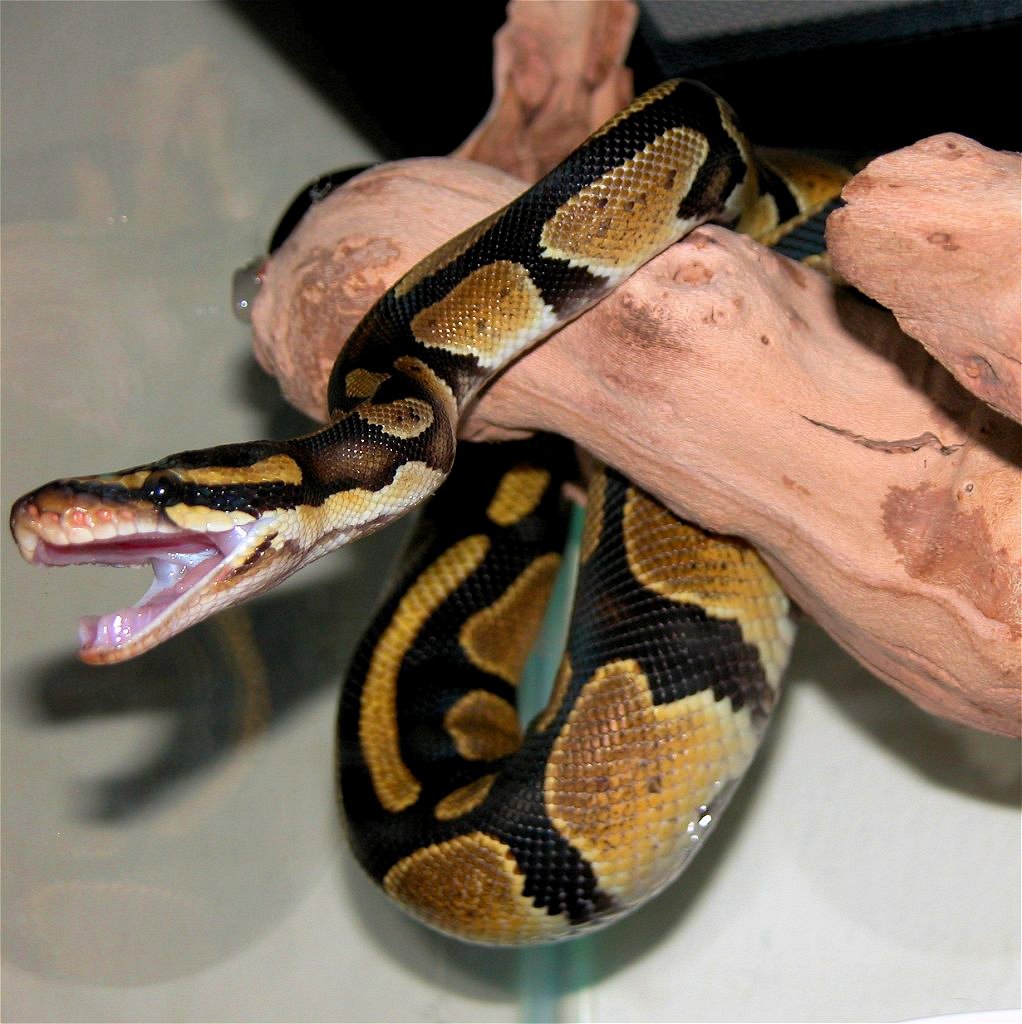
Ball pythons earned their name from their defensive behavior of coiling into a tight ball with their head protected in the center. While this is a natural response to feeling threatened, a snake that frequently adopts this posture in its enclosure may be chronically stressed. Other defensive postures include striking postures, where the snake forms an S-shape with its neck and head raised, ready to lunge. You might also notice your python hissing, which is another defensive behavior indicating discomfort or stress. These behaviors are particularly concerning if they occur during routine maintenance or handling when the snake previously showed tolerance for such activities.
Unusual Movement Patterns
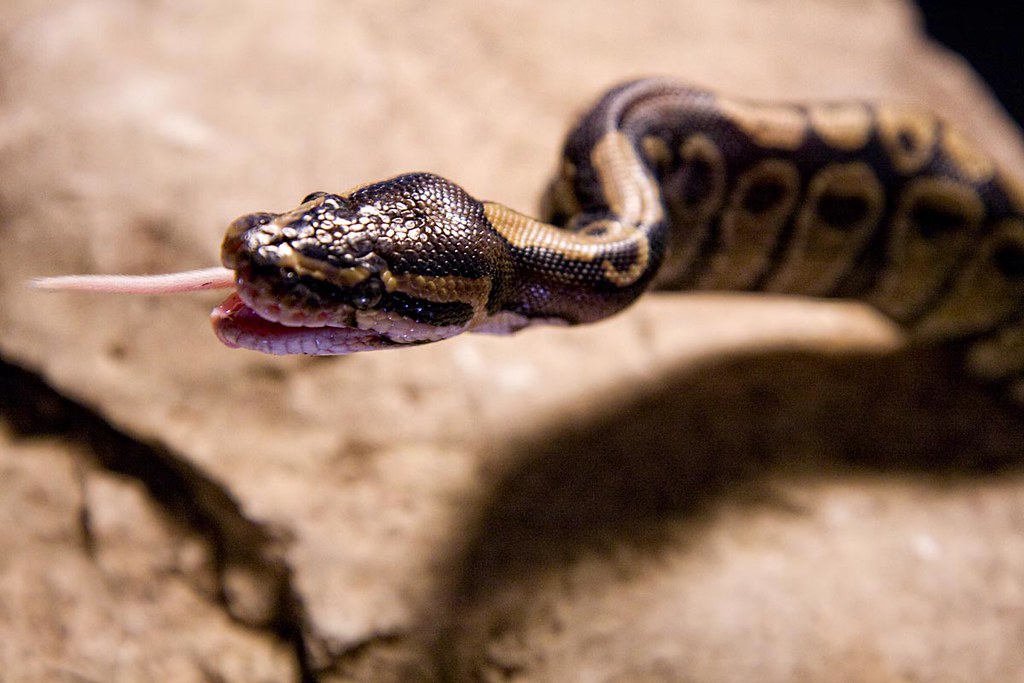
A stressed ball python may display atypical movement patterns that differ from their usual calm demeanor. Frantic or erratic movements, such as rapidly traversing the enclosure or repeatedly trying to escape, often indicate significant stress. Some stressed pythons might engage in “stargazing,” where they appear to stare upward with their neck raised in an unnatural position, which can also be a symptom of certain health conditions requiring veterinary attention. Continuous rubbing against enclosure walls or objects might indicate stress or discomfort with the environment. If your normally placid python suddenly exhibits these restless behaviors, it’s important to evaluate potential stressors in its environment.
Changes in Hiding Behavior
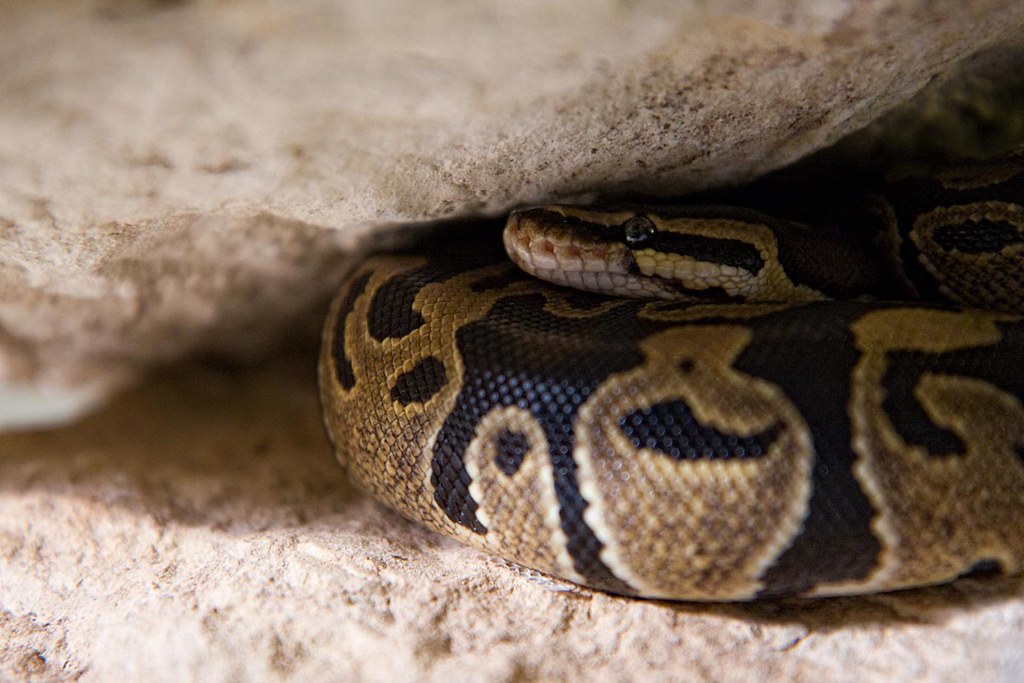
Ball pythons naturally spend much of their time hiding, but changes in this behavior can signal stress. A stressed python might hide excessively, refusing to emerge even during its typical active periods. Conversely, some stressed snakes might stop using their hides altogether, remaining exposed when they would normally seek shelter. This could indicate that the snake doesn’t feel secure in its environment. Another concerning sign is if your ball python begins hiding in unusual locations rather than in its provided hides, such as burrowing under substrate or squeezing into tight spaces. These behavioral changes suggest your python is trying to find security it currently lacks in its environment.
Respiratory Issues and Breathing Problems
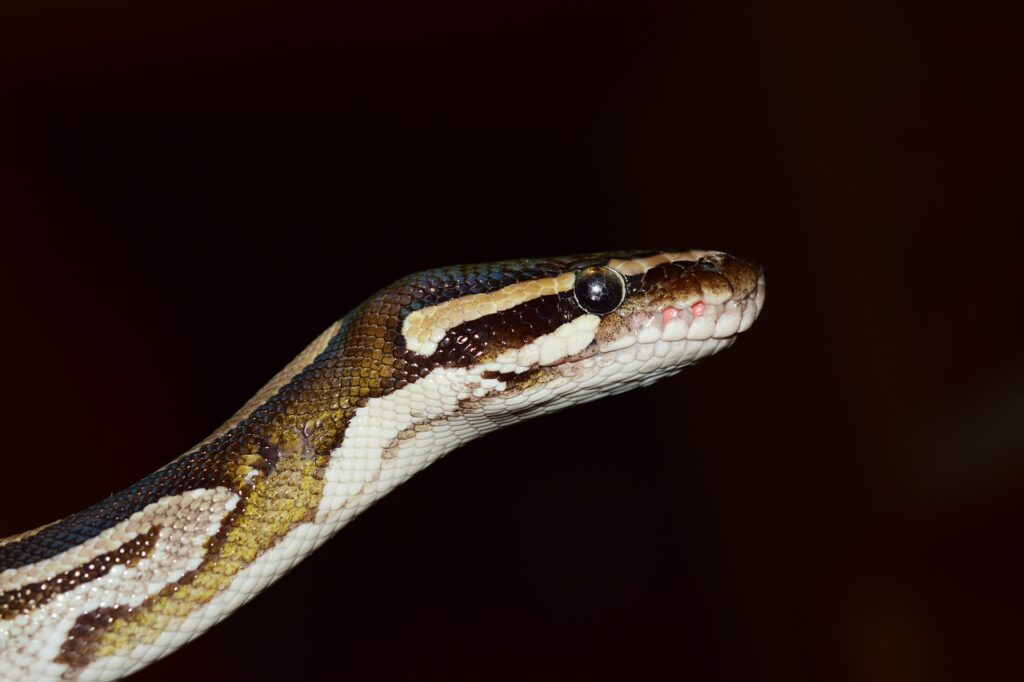
Stress can weaken a ball python’s immune system, making it more susceptible to respiratory infections. Signs of respiratory distress include wheezing, gurgling sounds while breathing, mucus around the mouth or nostrils, or open-mouth breathing (gaping). You might also notice your python holding its head at an elevated angle to facilitate breathing, which is not normal behavior. Respiratory issues require immediate veterinary attention, as they can quickly become life-threatening for reptiles. While these symptoms directly indicate illness rather than stress itself, chronic stress is often a contributing factor to the development of respiratory infections in ball pythons.
Abnormal Shedding Patterns

A stressed ball python often experiences difficulty with the shedding process, resulting in incomplete or patchy sheds. Under normal circumstances, a healthy python will shed its skin in one complete piece, from nose to tail tip. Stress can disrupt this process, leading to retained eyecaps (spectacles), pieces of old skin remaining attached to the body, or multiple unsuccessful shedding attempts. You might notice your python spending excessive time soaking in its water dish, which can indicate it’s trying to alleviate shedding difficulties. These shedding issues not only indicate stress but can lead to additional health problems if not addressed, such as constriction injuries or infections in areas where old skin is retained.
Weight Loss and Body Condition Changes

Chronic stress often leads to noticeable changes in a ball python’s physical appearance, particularly regarding weight and muscle tone. A stressed python may lose weight even if it’s still eating, or might experience rapid weight loss during periods of stress-induced fasting. You might observe that your snake’s body shape becomes more triangular rather than rounded when viewed in cross-section, indicating muscle loss and poor condition. The spine may become more prominent, and the snake may appear “slack” when handled, lacking the firm muscle tone of a healthy python. Regular weighing and visual assessment of your ball python can help you detect these concerning changes before they become severe.
Regurgitation and Digestive Issues
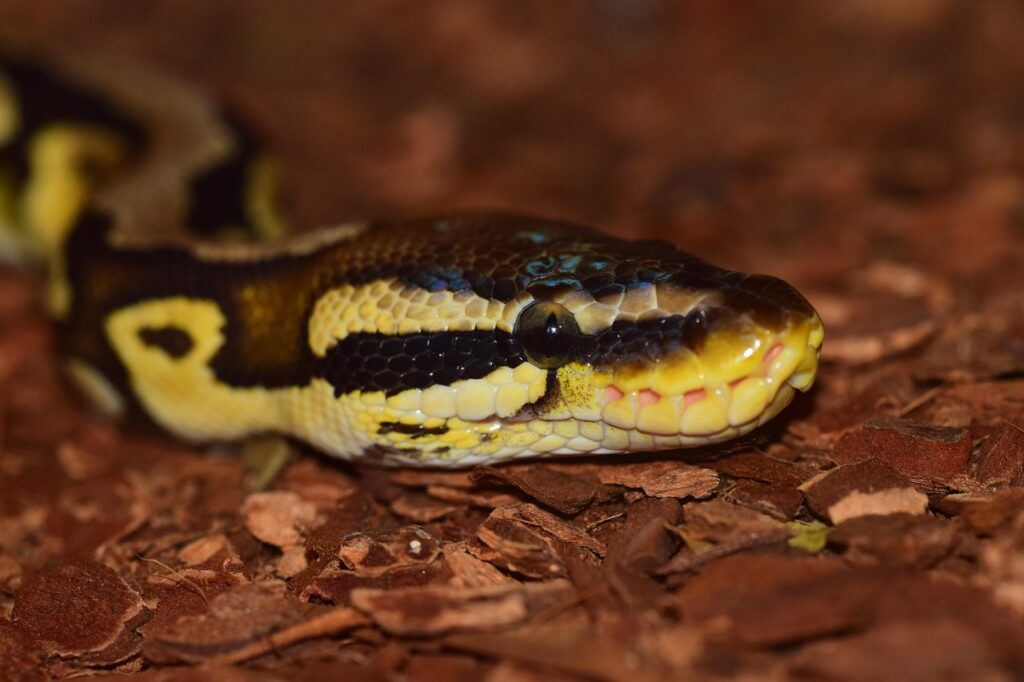
Ball pythons under stress may regurgitate recently consumed meals, which is a serious concern requiring immediate attention to the snake’s environment. Regurgitation typically occurs within a few days of feeding and results in a partially digested prey item being expelled. This physiologically taxing event can be triggered by handling too soon after feeding, improper temperatures that prevent proper digestion, or general stress that causes the snake to expel food to facilitate escape if needed. Repeated regurgitation can damage the esophagus and lead to long-term health problems, so identifying and addressing the underlying stressor is crucial. After a regurgitation event, the snake should not be fed for at least two weeks to allow its digestive system to recover.
Unusual Fecal or Urate Output

Changes in a ball python’s waste can indicate stress-related digestive disruptions. Healthy pythons produce well-formed, dark brown feces and white or off-white urates (the solid waste from their kidneys). Stress may cause diarrhea, unusually frequent defecation, or changes in urate color, such as yellow or green tints that could indicate liver issues. You might also notice a complete absence of waste if your python has stopped eating due to stress. Some stressed pythons may also pass undigested or partially digested prey in their feces, indicating digestive inefficiency. Monitoring your snake’s waste output provides valuable information about its internal health and stress levels.
Environmental Stressors to Consider
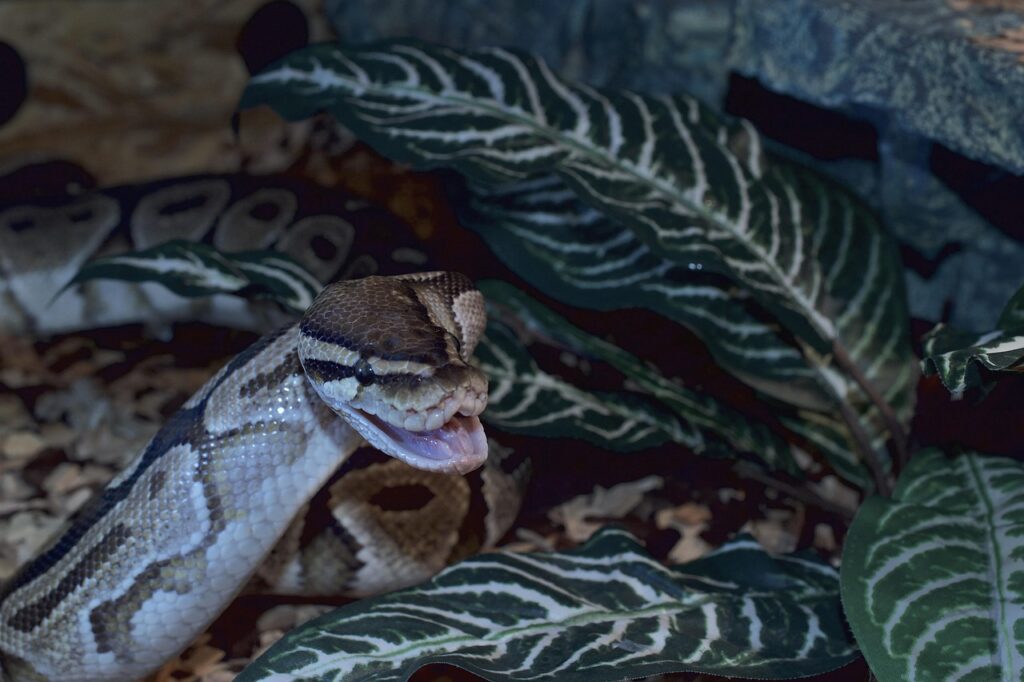
Many ball python stress issues stem from suboptimal housing conditions that can be remedied with appropriate adjustments. Inadequate temperature gradients prevent proper thermoregulation, with the warm side ideally maintained between 88-92°F (31-33°C) and the cool side around 78-80°F (25-27°C). Humidity that’s too low (below 50%) or too high (consistently above 70%) can cause respiratory issues and shedding problems. Enclosures that are too small restrict natural movement, while those lacking adequate hiding spots leave the snake feeling exposed and vulnerable. Additional stressors include excessive handling, particularly during adaptation periods, bright lighting, high traffic areas, and housing with or near natural predators such as cats. Addressing these environmental factors is often the key to resolving stress-related behaviors.
Social and Handling-Related Stress

Ball pythons, being solitary animals, can become stressed by inappropriate social interactions. Excessive handling, especially by multiple people or with inconsistent techniques, can overwhelm these generally shy reptiles. A stressed python may respond to handling attempts by balling up tightly, hissing, striking, or attempting to flee rapidly. New ball pythons should be given at least one to two weeks to acclimate to their environment before any handling attempts. Even established pythons should not be handled more than 1-3 times weekly, with sessions generally limited to 15-20 minutes. Particular care should be taken during sensitive periods such as pre-shed phases, after feeding, or during breeding seasons when ball pythons are naturally more defensive or focused on biological imperatives.
When to Seek Veterinary Care
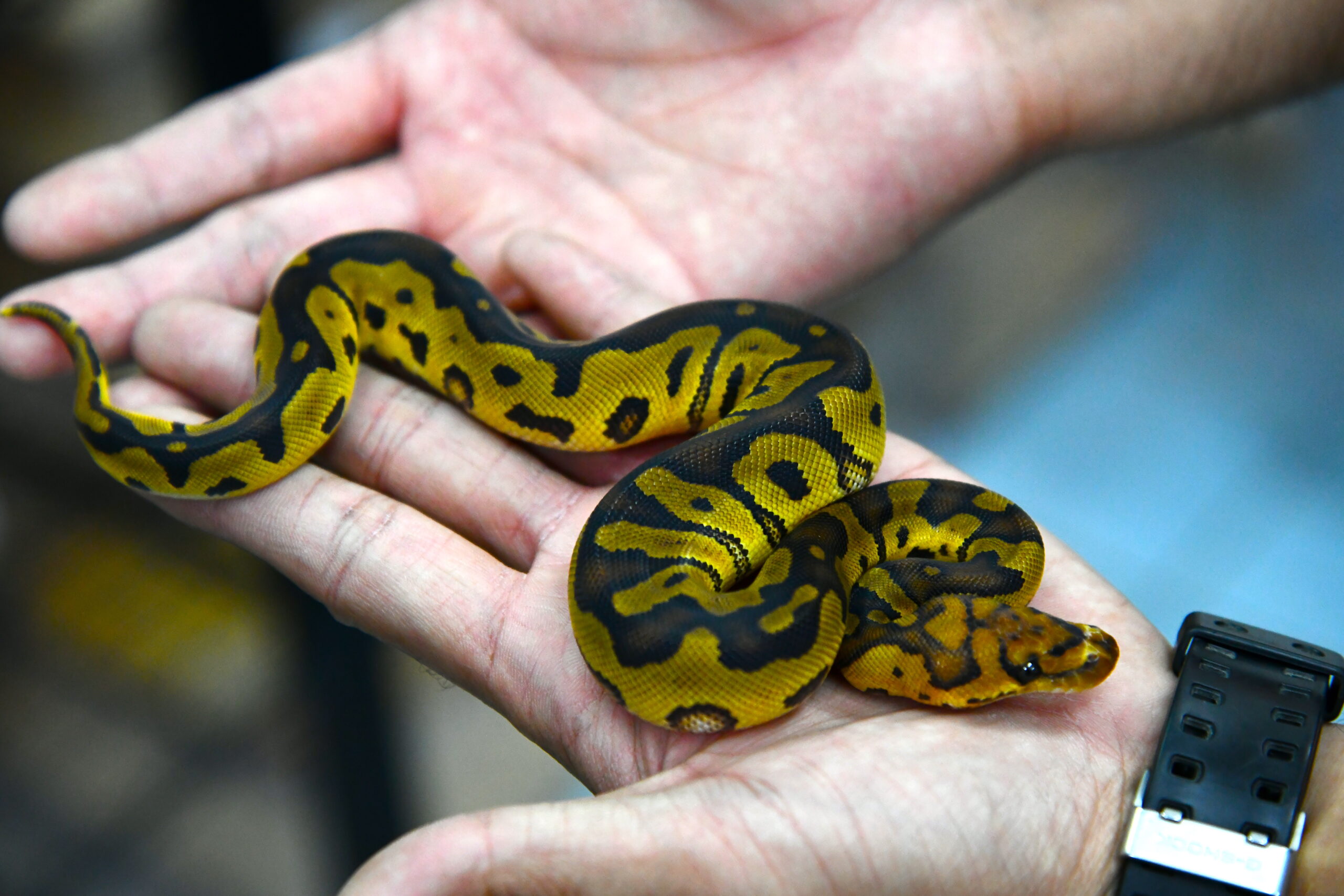
While many stress-related issues can be resolved through environmental modifications, certain symptoms warrant immediate professional attention from a reptile-experienced veterinarian. Persistent respiratory symptoms, such as wheezing, bubbling, or open-mouth breathing, require prompt medical intervention as they can rapidly progress to pneumonia. Severe weight loss, especially if exceeding 10% of body weight, indicates a potentially serious underlying condition. Multiple regurgitation events, particularly if they occur despite environmental improvements, suggest possible digestive disorders requiring diagnosis. Additionally, any unusual neurological symptoms, such as tremors, difficulty righting itself, or star-gazing that doesn’t resolve with environmental adjustments, necessitate urgent veterinary assessment. Remember that ball pythons naturally hide illness until it becomes advanced, so any obvious symptoms typically indicate a condition that has already progressed significantly.
Recognizing stress in your ball python requires attentive observation of both subtle and obvious behavioral and physical changes. By familiarizing yourself with normal ball python behavior, you’ll be better equipped to identify deviations that may indicate stress. Remember that most stress issues can be resolved by addressing environmental factors such as temperature, humidity, enclosure size, hiding opportunities, and handling practices. Regular health monitoring, including weight checks and detailed observation, allows for early intervention before stress develops into more serious health conditions. With proper care and attention to your ball python’s needs and behaviors, you can ensure your serpentine companion remains healthy, comfortable, and displaying its naturally calm demeanor for many years to come.

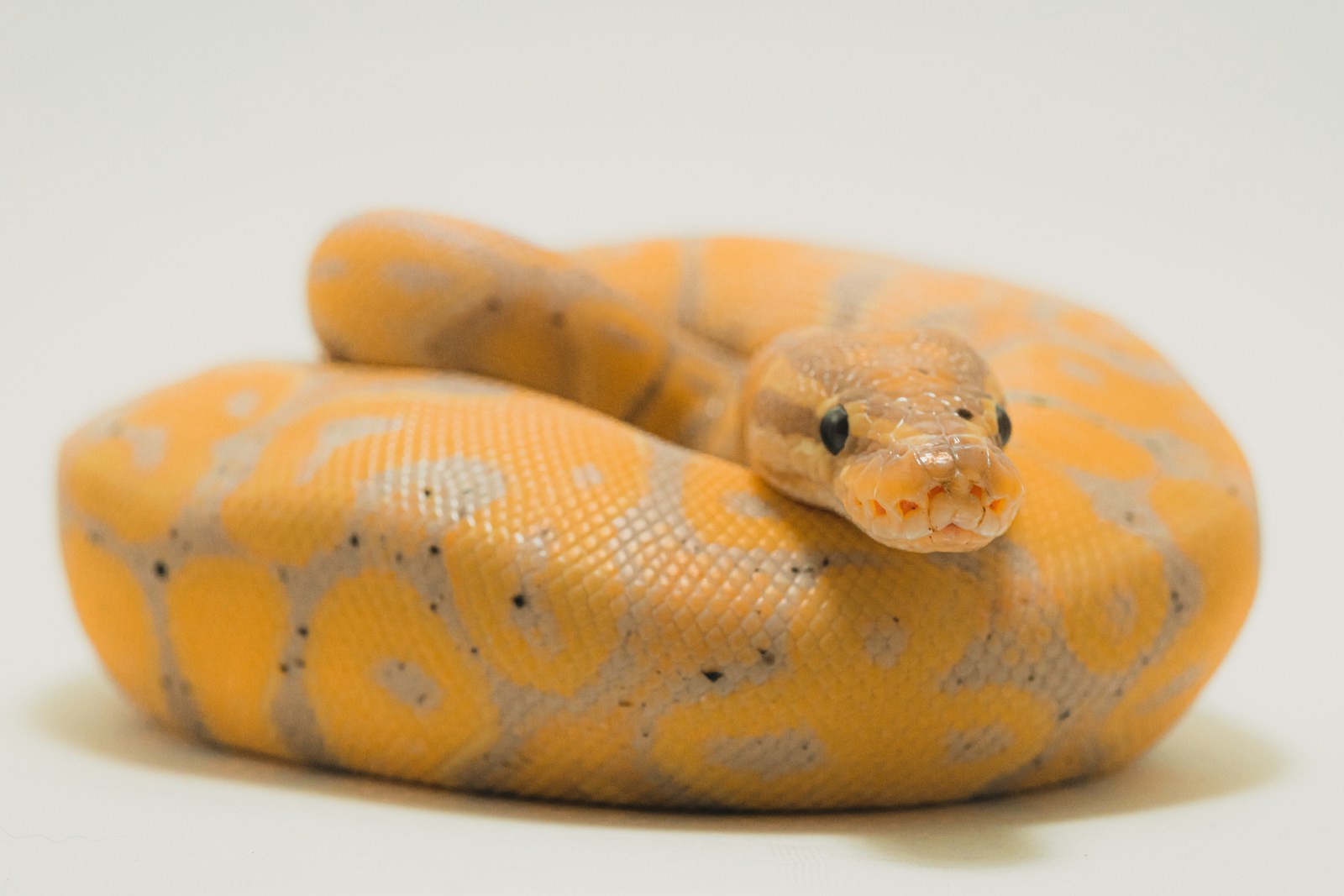
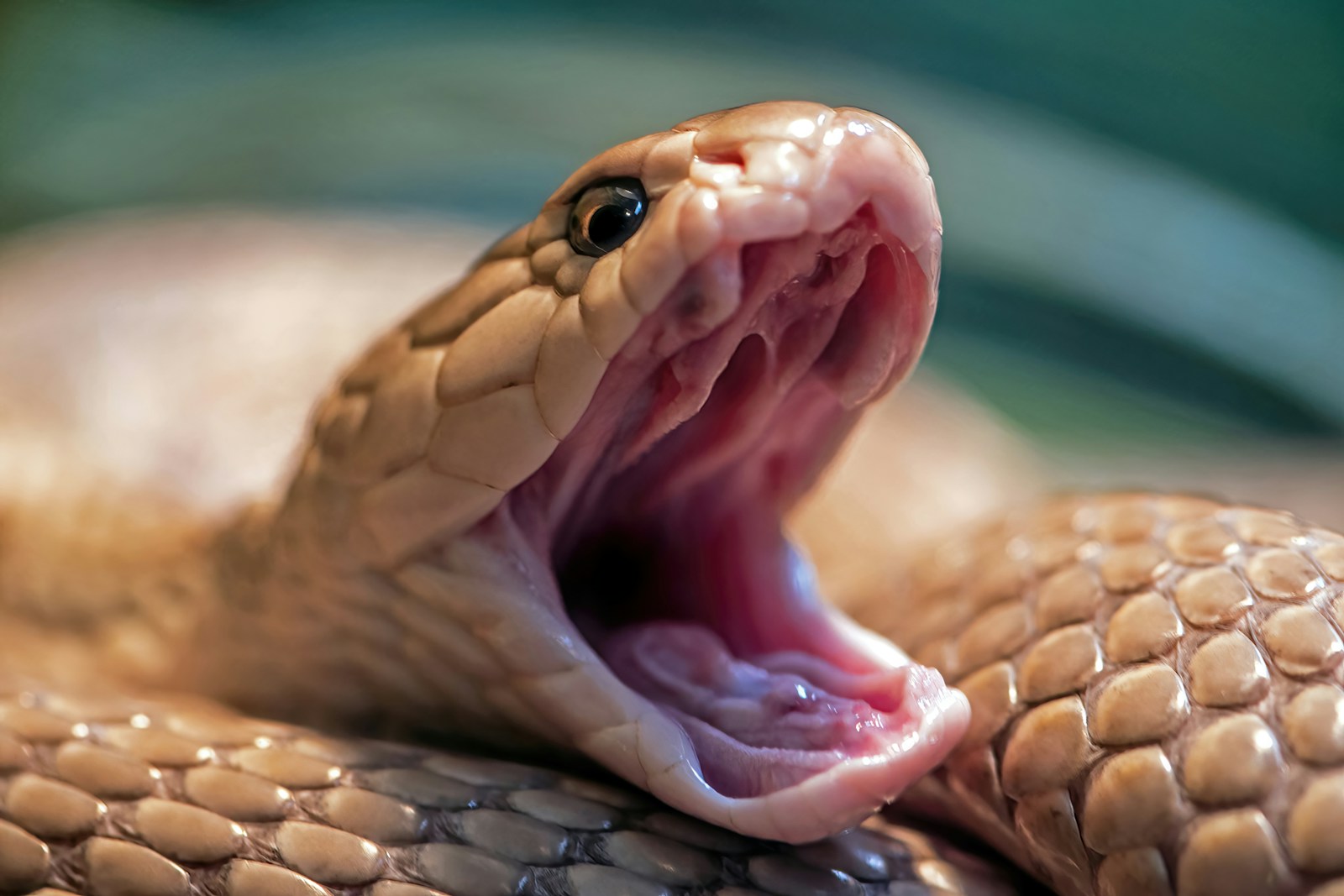

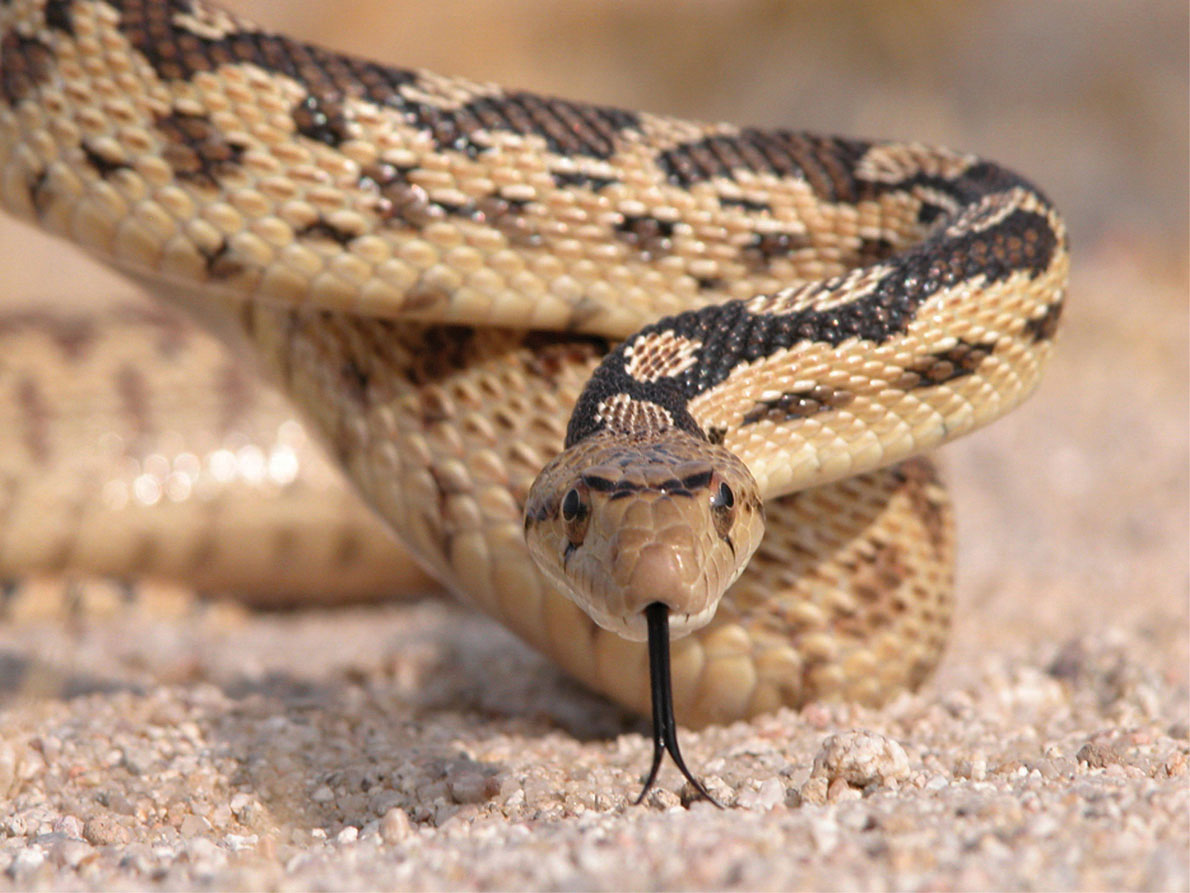
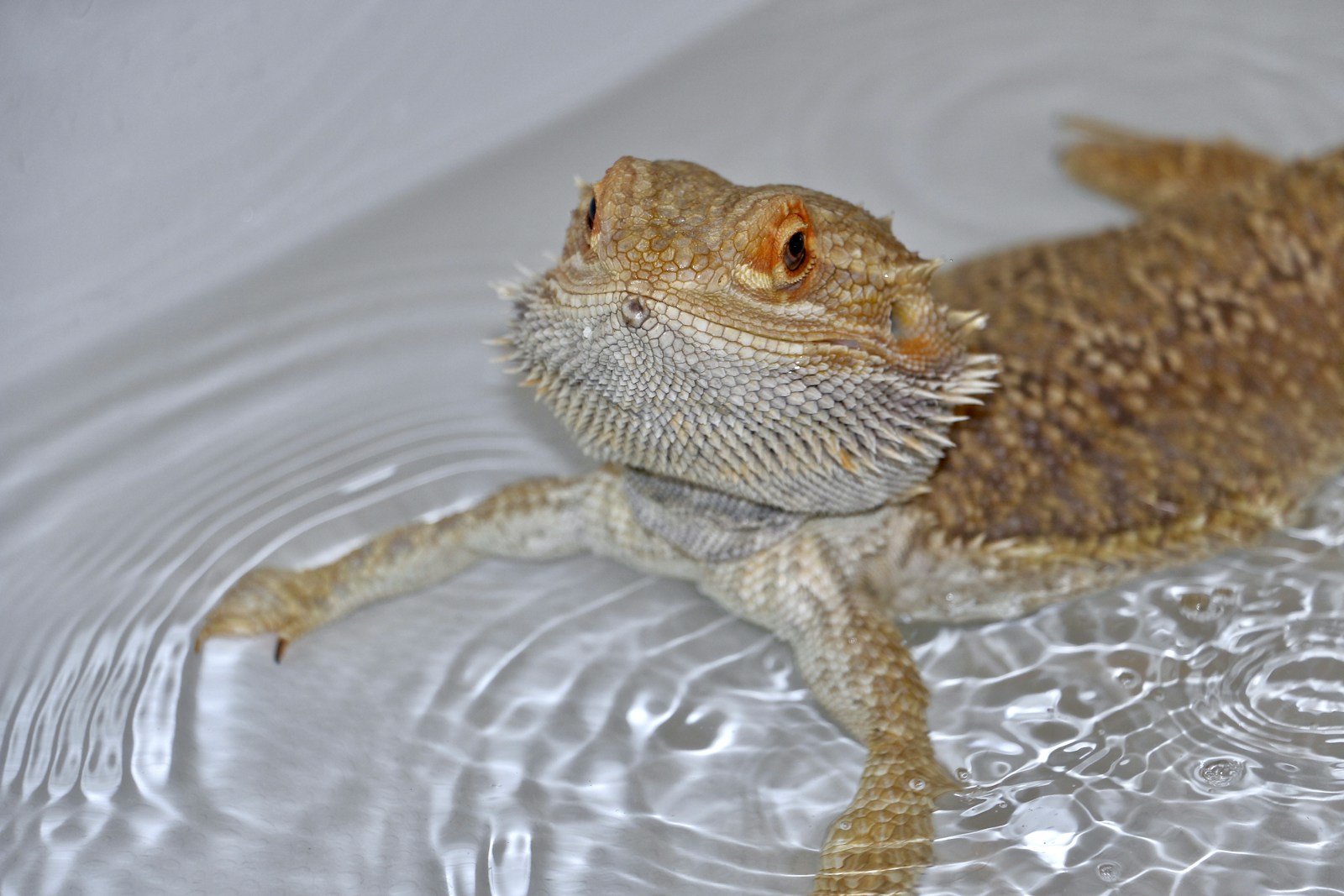
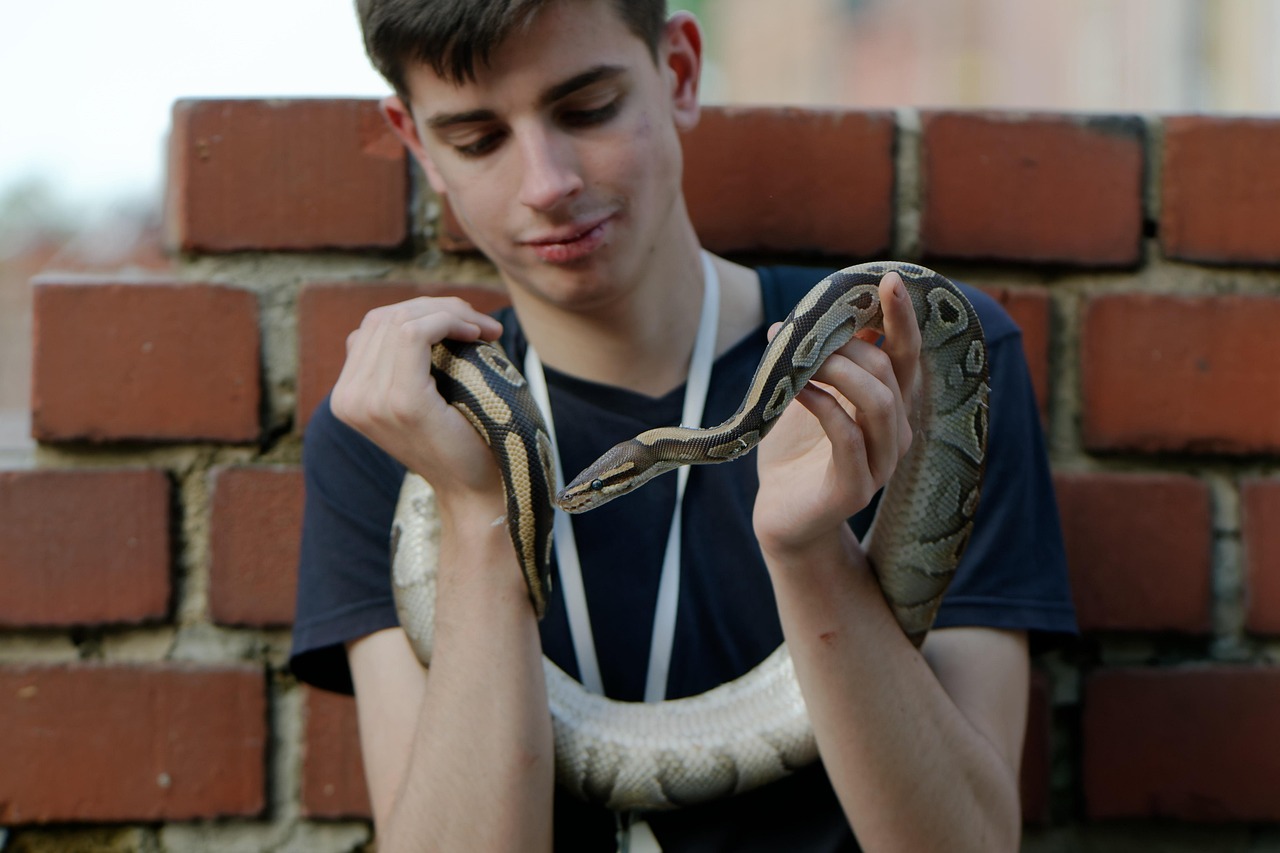

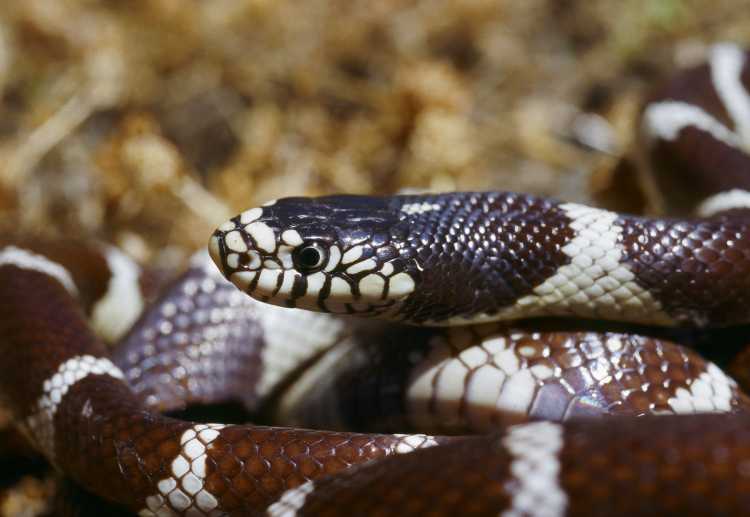
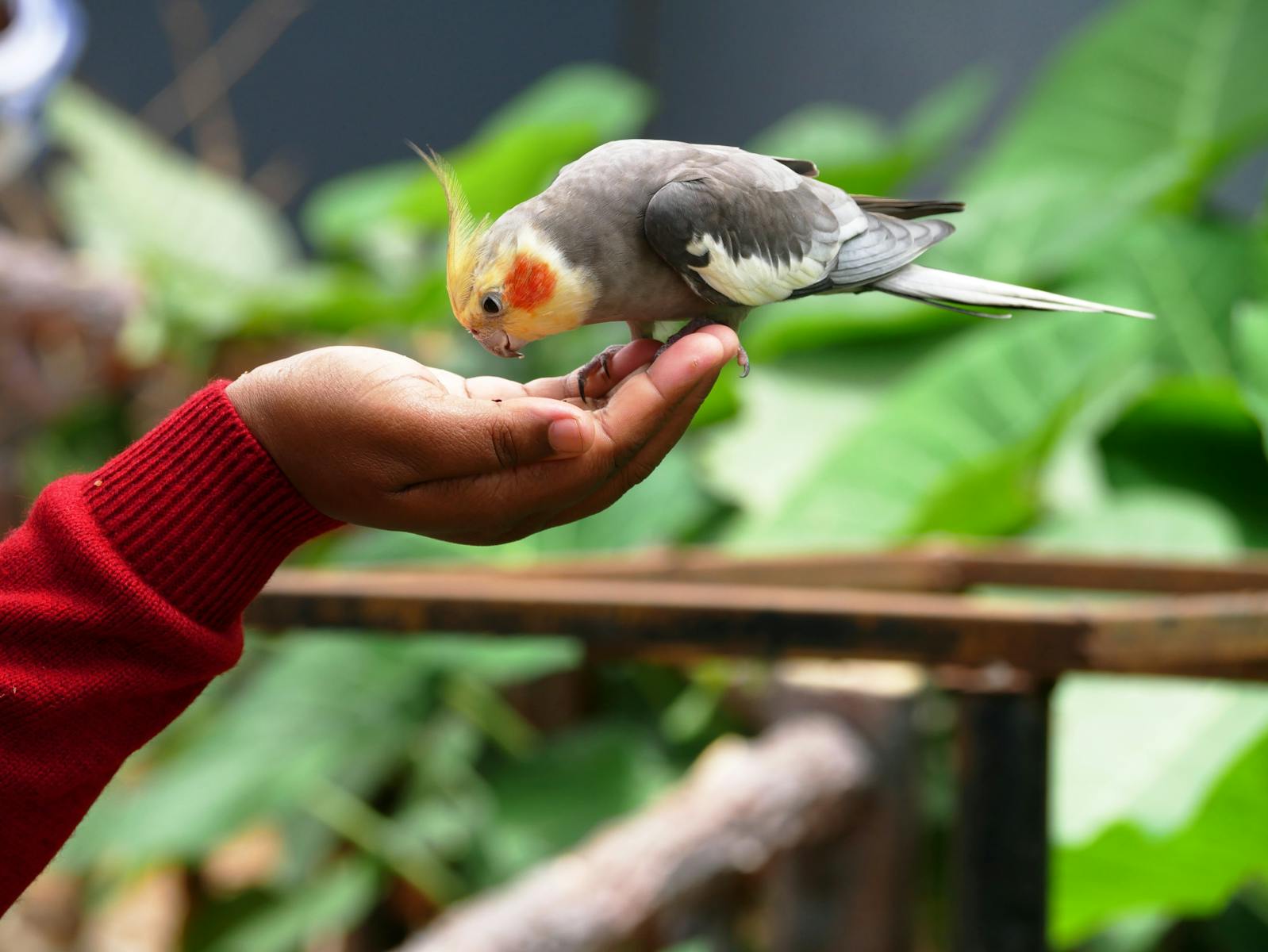
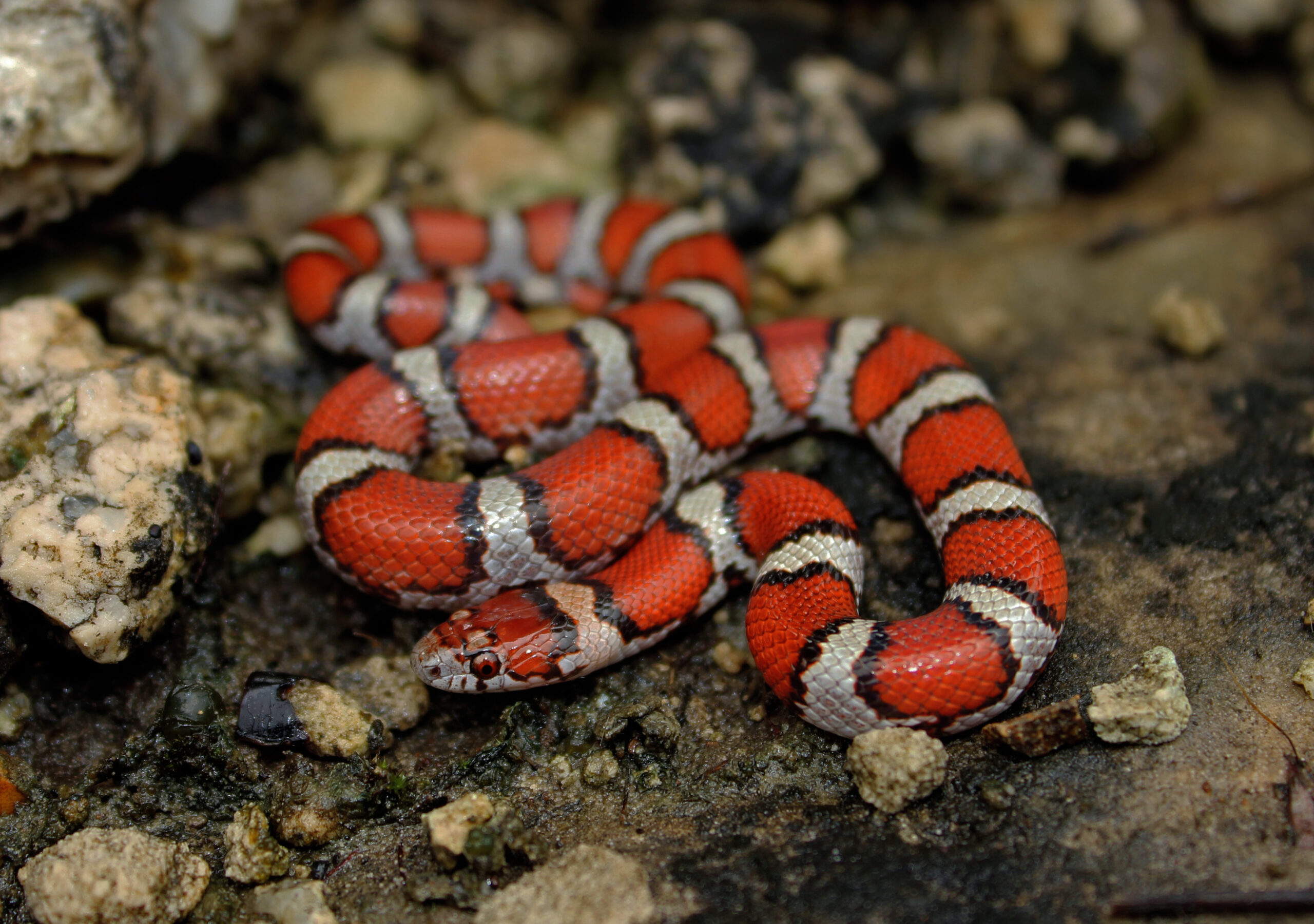





Leave a Reply